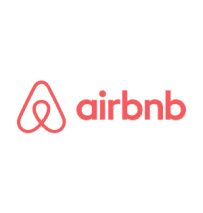Maximize Your Mid-Term Rentals Revenue with Our User-Friendly and Affordable Revenue Management Platform
- Refined Pricing: Automate your pricing for mid-term rentals stays based on demand data
- Effective Discounts: Streamline your discount strategies for longer stays
- Fill or Avoid Calendar Gaps: Manage vacancies according to your specific needs and regulations
- Save Time: Automate pricing and revenue management tasks
- Market Analysis: Access personalized dashboards to track your performance and market trends
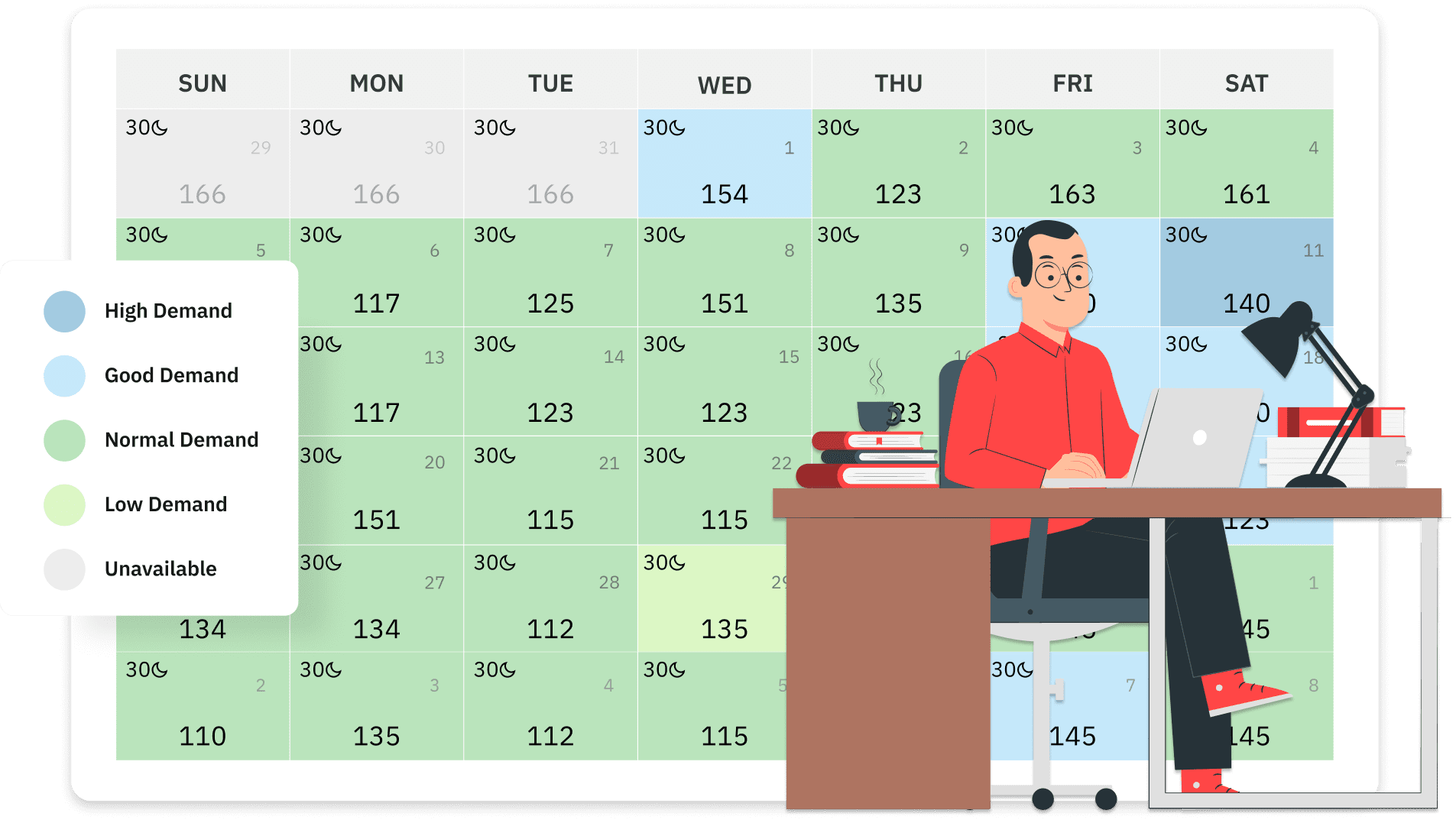
More than 300,000 units use us daily.
PriceLabs services the dynamic pricing and revenue management software (RMS) platform needs of hotels, hostels, aparthotels, and serviced apartments.
PriceLabs stands out as a highly adaptable room-pricing solution that offers the freedom to customize your property’s pricing logic according to your needs. Whether you’re an independent hotel operator making all the decisions or have a team of revenue managers, PriceLabs enables you to yield unlimited segments and room types.
Easily sync your prices to your PMS and then booking channels
Dynamic Pricing and Revenue Management for Mid-term Rentals
Optimize your mid-term rentals and increase occupancy with PriceLabs
Refined Pricing: Automate your pricing for mid-term stays based on market data
PriceLabs’ cutting-edge pricing algorithm calculates refined prices for your mid-term rentals, considering market data, seasonality, and local trends. Stay ahead of the competition and ensure that your property is always priced competitively for mid-term stays.
Product features:
- Dynamic Pricing : Cutting-edge pricing algorithm that calculates prices for each of your units on each day of the year
- Base Price Help: Base rate and price predictions based on past performance and fresh market data
- Nightly Rate Optimization: Adapts to local trends in seasonality, day of the week, lead time, and neighborhood demand, allowing you to provide varying weekly and monthly prices in response to shifting demand.

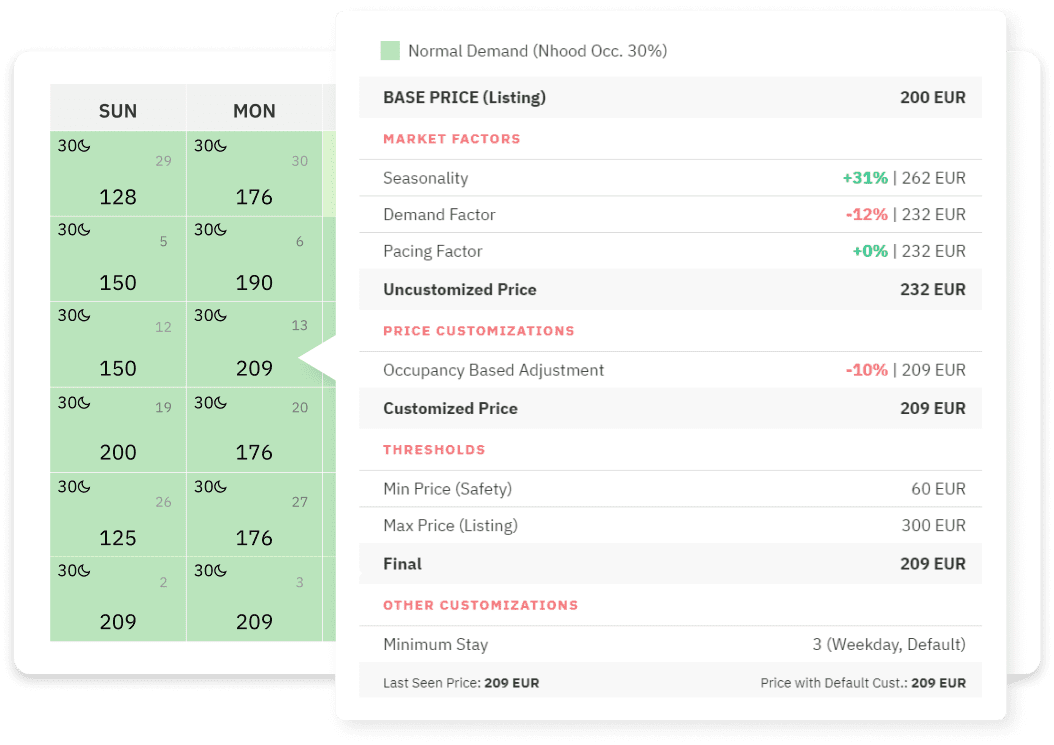

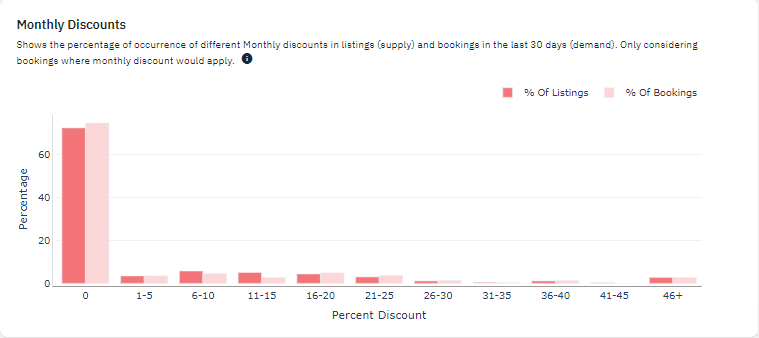
Effective Discounts: Streamline your discount strategies for longer stays
Tackle the unique challenges faced by mid-term rentals and extended stay operators with our dynamic pricing solution. Effortlessly attract guests for varying durations and optimize your property’s revenue with customizable weekly, monthly, and length-of-stay discounts. Experience hassle-free revenue management tailored to your specific operation needs.
Product features:
- Weekly and Monthly Discounts:Seamlessly establish discounts that integrate with our automated pricing for weekly and monthly stays, optimizing your revenue potential.
- Length-of-Stay Pricing: Customize discounts for any length of stay to address your specific business needs, ensuring you attract a diverse range of bookings beyond just weekly or monthly durations.
Fill or Avoid Calendar Gaps: Manage vacancies according to your specific needs and regulations
For mid-term rentals and extended-stay operators, managing calendar gaps according to their unique requirements is crucial. Whether you need to fill gaps to maximize revenue or avoid gaps to comply with regulations, our platform provides solutions to help you achieve your occupancy goals.
Product Features:
- Customizable orphan day discount: Automatically identify gaps between bookings and apply tailored discounts to incentivize guests to book open dates or prevent gaps from forming, accommodating your preferred booking durations, such as weekly or monthly stays.
- Last-minute and far-out discounts: Entice guests to book unoccupied dates by providing discounts for last-minute reservations or advance bookings, effectively filling or preventing gaps in your calendar based on your operational preferences.
- Lead time discounts/premiums: Motivate guests to make bookings that either fill or avoid calendar gaps by providing discounts or premiums based on the booking lead time, steering their decision-making to boost occupancy and revenue while complying with regulatory guidelines.
- Minimum stay requirements and booking restrictions: Enforce minimum stay rules in line with local regulations and confine shorter stays to designated timeframes, guaranteeing that guests reserve for a particular duration, thus preventing undesired gaps or filling them as necessary.
- Portfolio Occupancy-Based Adjustments: Set price adjustments for specific groups of units based on their average occupancy levels during different time windows, with the goal of maximizing revenue.
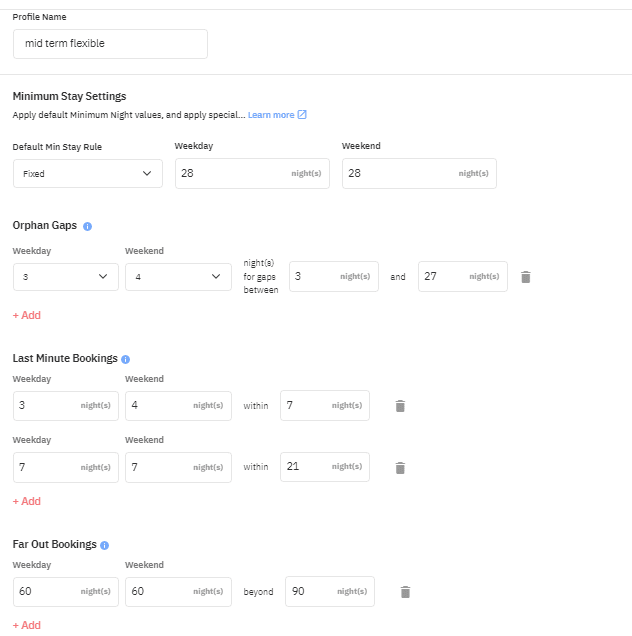


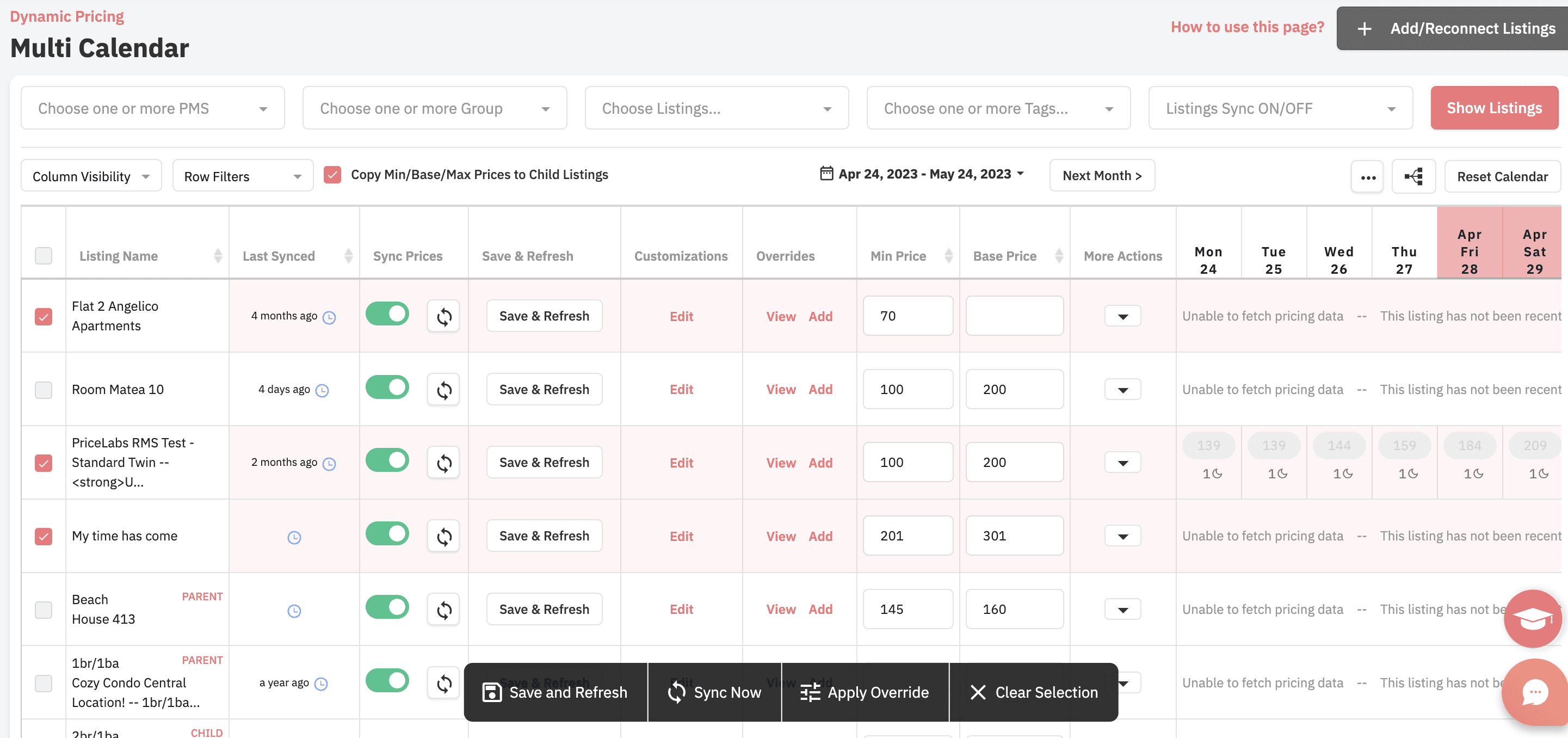
Save Time: Automate pricing and revenue management tasks
Efficiently manage your mid-term rentals with our automated pricing and revenue management tasks. Our system is designed to save you time and simplify your operations, whether you’re a solo operator or have a revenue management team. As you can create groups of listings and apply changes across sets of units effortlessly, managing your portfolio has never been easier.
Product features:
- Syncing: Updated prices are sent out at least to your PMS and booking channels at least once a day
- Portfolio Analytics:Visualize and analyze the performance of a part or all of your units
- Bulk updates: Change settings across several units at the same time
- Grouping:Organize listings into groups and sub-groups, allowing for separate performance analysis and the assignment of tailored settings to boost their performance. If certain properties accommodate short-term rental stays while others exclusively welcome mid-term stays, create specific groups for each category to apply distinct pricing strategies and length-of-stay settings.
Market Analysis: Access personalized dashboards to track your performance and market trends
Staying competitive and well-informed in the mid-term rentals and extended stay market is essential for operators. By leveraging personalized dashboards that monitor your performance and market trends, you can make data-driven decisions to enhance your strategies and maximize revenue.
Product features:
- Pacing Reports: Compare your unit performance against the market and your own past performance
- Market Dashboard: Identify whether they operate in short-term, weekly, or monthly stay markets by providing insights into market trends and metrics such as lead time, length of stay, pricing, and seasonality.

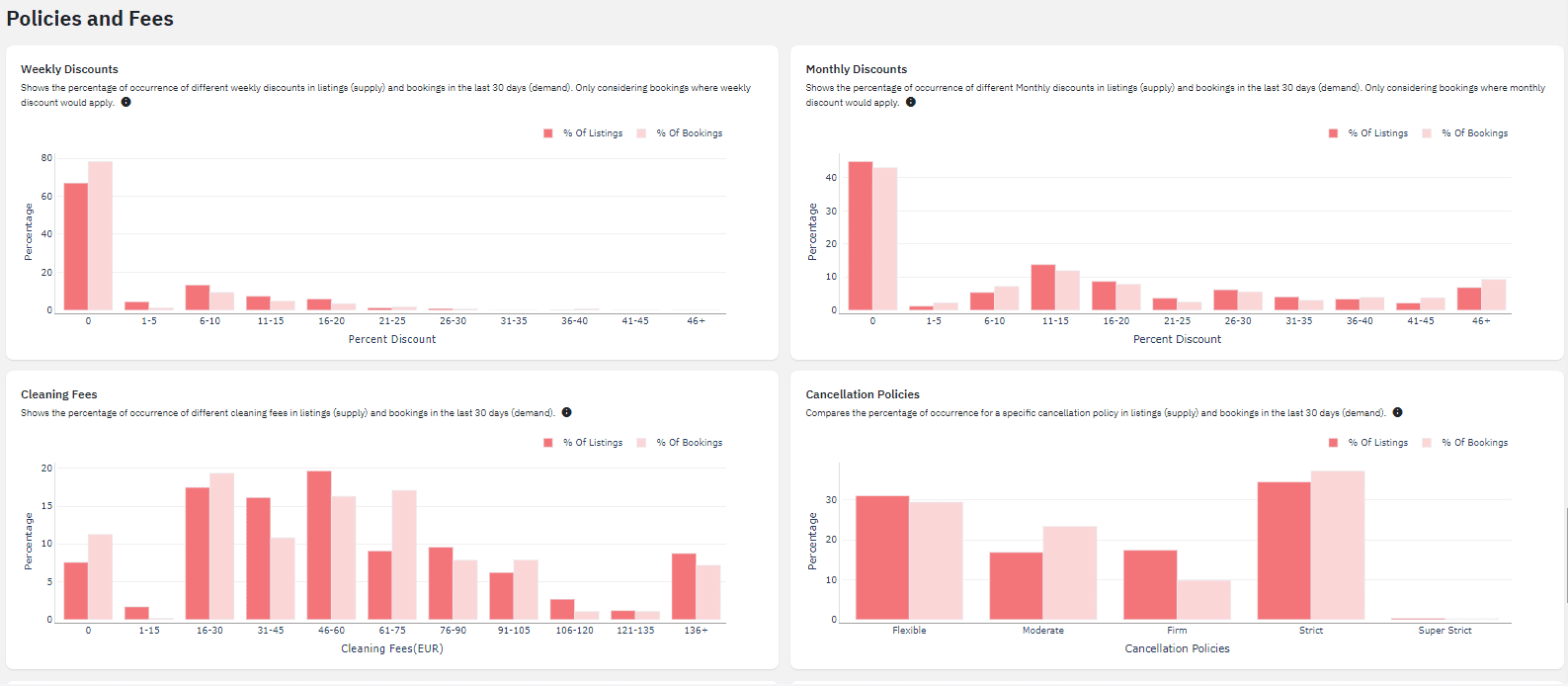

Connect PriceLabs to your PMS or channel manager (and directly to your system through our API)
It’s easy to connect – whether you use a Property Management System (PMS) or a channel manager, you can use PriceLabs. We support weekly and monthly discounts with 365Villas, Bookerville, BookingSync, Guesty, Hosthub, Hostify, MyVR, Rentals United, and Tokeet.
Why Mid term rental owners love PriceLabs

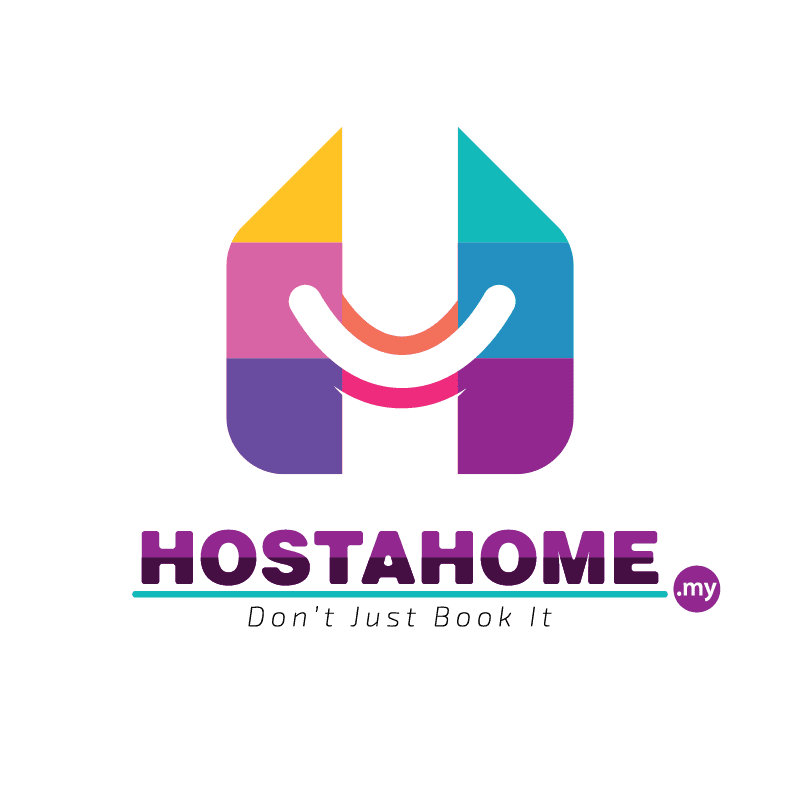
Why mid-term rental managers and
extended stay operators love PriceLabs









Frequently asked questions
PriceLabs’ dynamic pricing system is designed to accommodate the unique requirements of mid-term, extended stay, and vacation rental operators by providing customizable length-of-stay discounts, portfolio occupancy-based adjustments, and grouping features. This allows operators to create specific pricing strategies and settings for properties catering to different stay durations, ensuring optimized revenue and occupancy.
Yes, PriceLabs allows you to implement minimum stay requirements and booking restrictions in compliance with local regulations. By setting up tailored length-of-stay settings, you can ensure that your properties, including mid-term vacation rentals, adhere to regulatory guidelines while optimizing occupancy and revenue.
PriceLabs offers features like grouping and portfolio analytics to help you manage a diverse portfolio with varying stay durations, including mid-term vacation rentals and extended stays. You can organize listings into groups and sub-groups based on their specific rental capabilities and apply distinct pricing strategies and length-of-stay settings for each group. Portfolio analytics enable you to visualize and analyze the performance of all or a part of your units, making it easier to optimize your overall strategy.
PriceLabs ensures seamless syncing of updated prices with your PMS and booking channels at least once a day. This efficient syncing process ensures that your mid-term, extended stay, and vacation rental properties are always up-to-date with the latest pricing adjustments, resulting in increased occupancy and revenue.
Ready to earn more and
build smarter pricing strategies?
Get ahead of the competition. Try PriceLabs today

